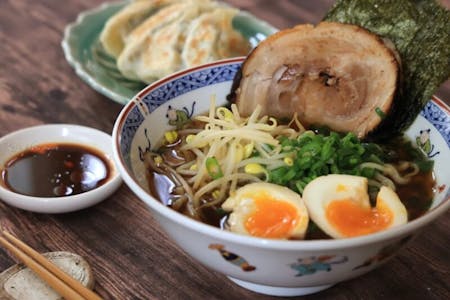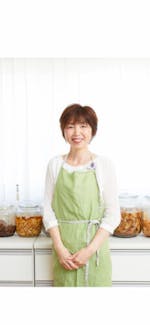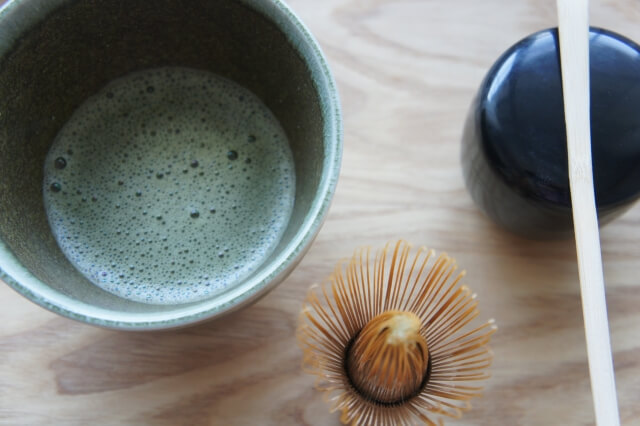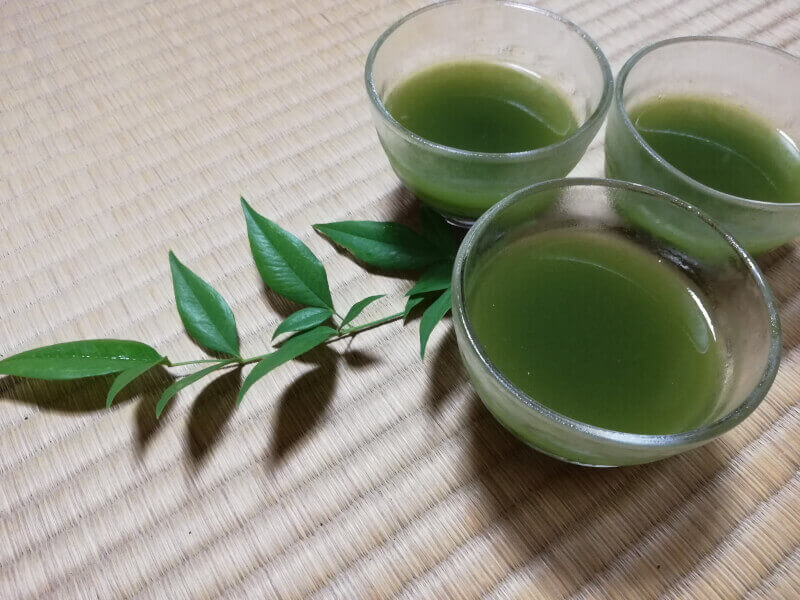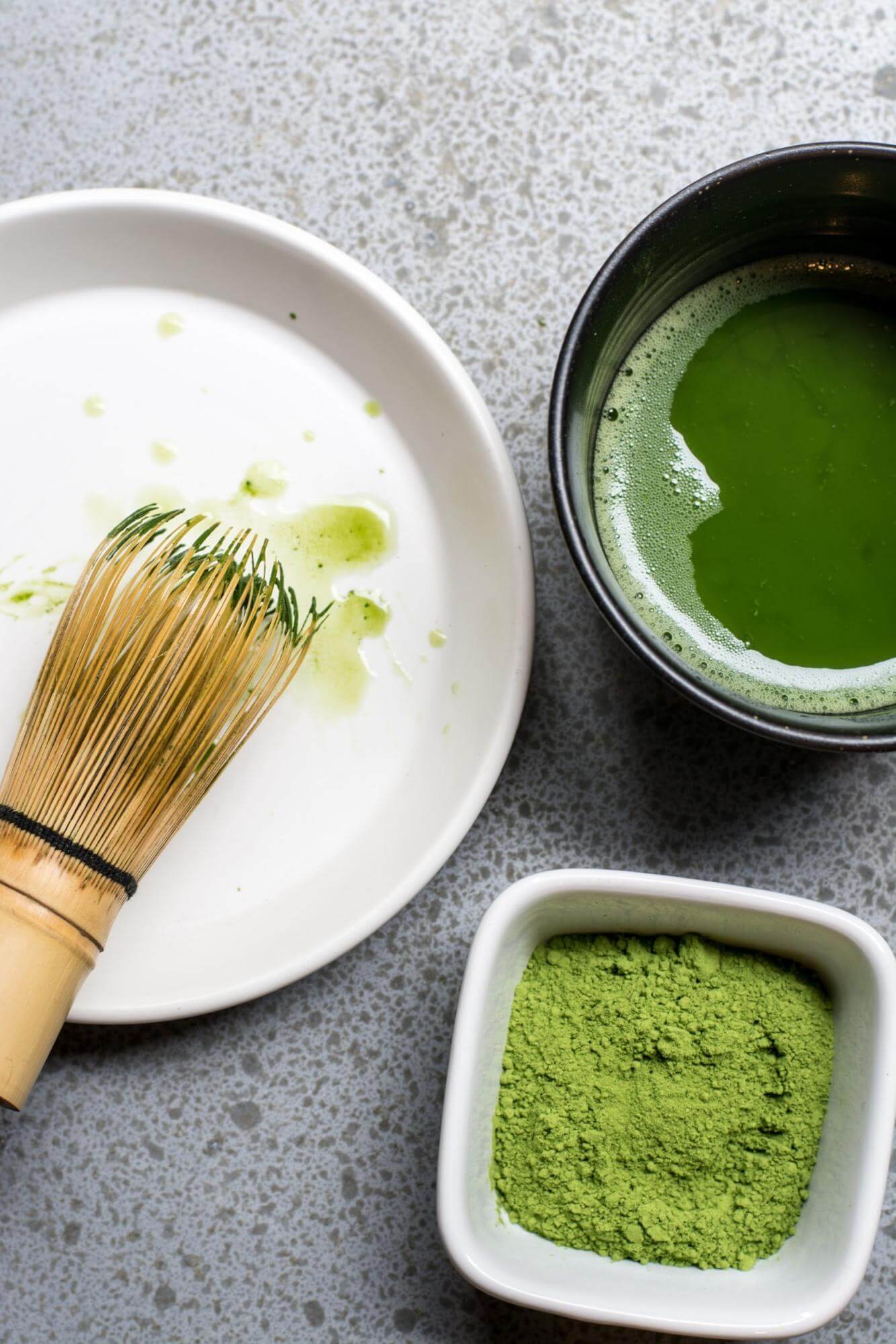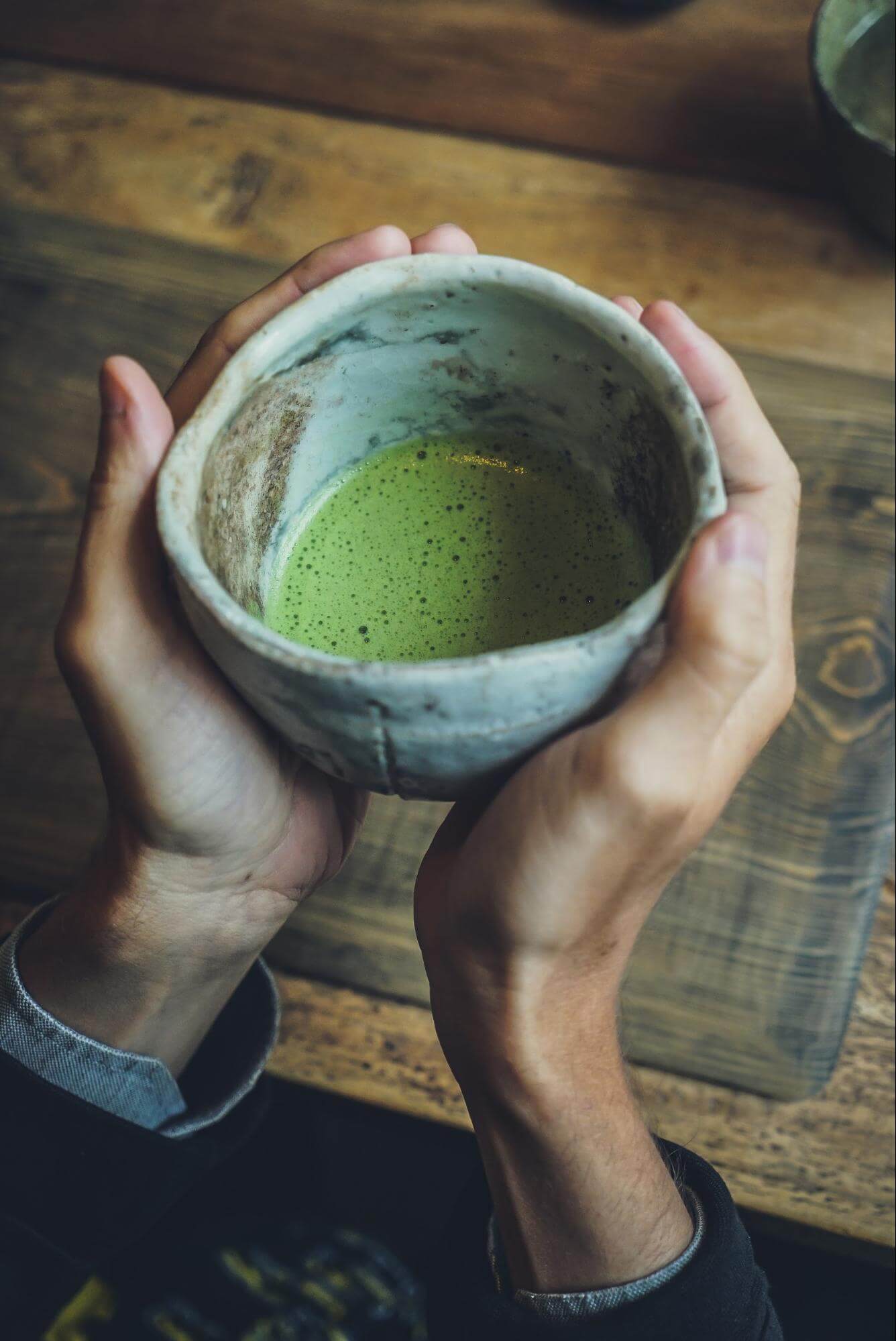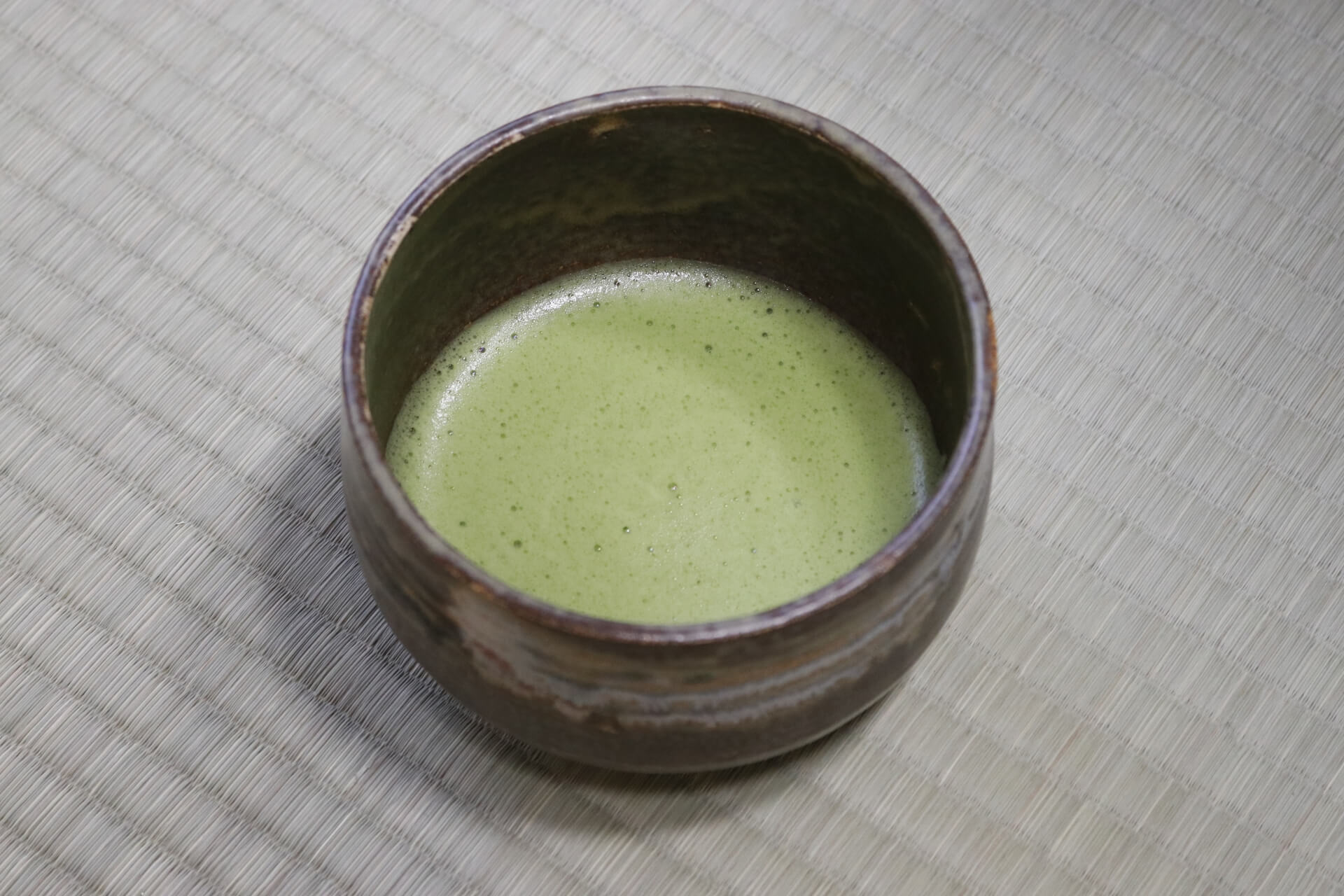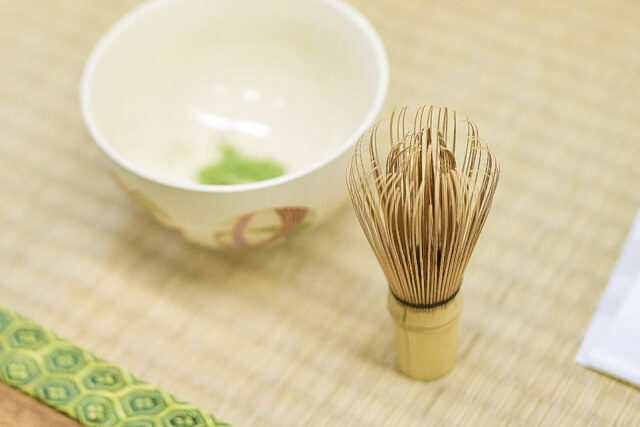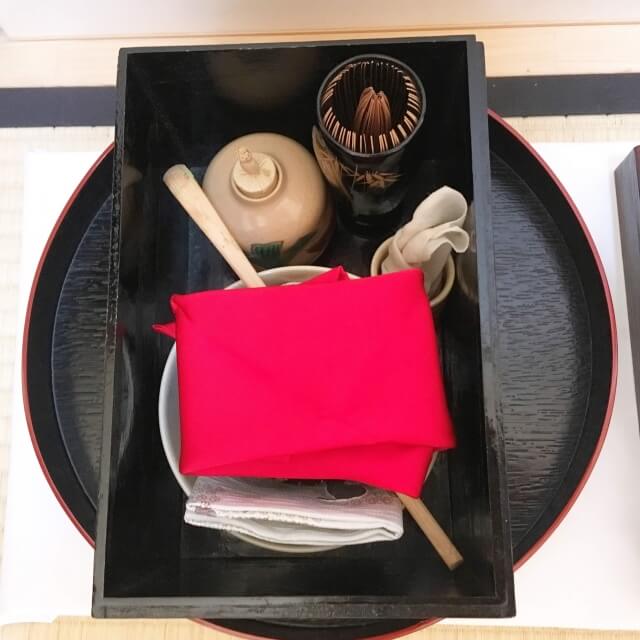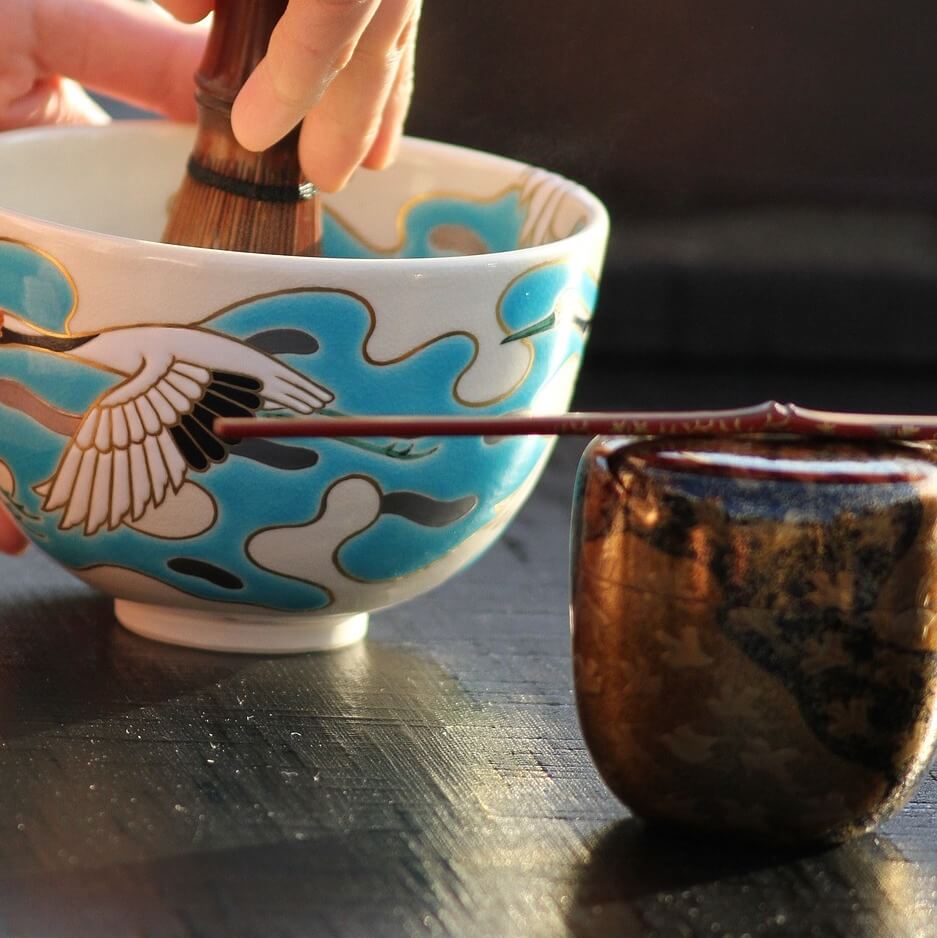Engage Deeply With Japanese Culture Through Its Tea Ceremony
As a city steeped in tradition, Kyoto is a popular place to experience the Japanese tea ceremony. The tea ceremony has its roots in Kyoto, and today it is home to the three main schools of the Japanese tea ceremony. Each part and process of the tea ceremony carries strong intention and cultural significance – the layout of the room, the tea used, the sequence of steps, the movements of the server, and so on. Learning about the components of this ritual helps travelers understand Japanese values of harmony, austerity, and grace while participating in a uniquely Japanese tradition.
Experience Daily and Traditional Japanese Life in Osaka
With Kyoto being the home to the Japanese tea ceremony, there are many options to choose from for those interested in experiencing this traditional ritual in Japan’s cultural capital. However, what makes the airKitchen tea ceremony experience unique is that it takes place in the home of a local Japanese host. This enables participants to not only experience and learn about the tea ceremony, but to also catch a glimpse of what an ordinary home and life looks like for Kyoto’s locals.
Relax in Osaka With a Cup of Delicious Green Tea!
Japanese city life can be busy and stressful, especially as a traveler trying to make the most of your experience. An airKitchen tea ceremony class in Osaka is the perfect way to take a step back from the sightseeing and relax, while still fully engaging in a uniquely Japanese cultural experience. Matcha is a traditional Japanese drink, and there are few better ways to enjoy it than with a local, in their home, through a Japanese tea ceremony. It goes especially well with wagashi, traditional Japanese sweets, which is why you’ll find many airKitchen cooking classes pair the two.
